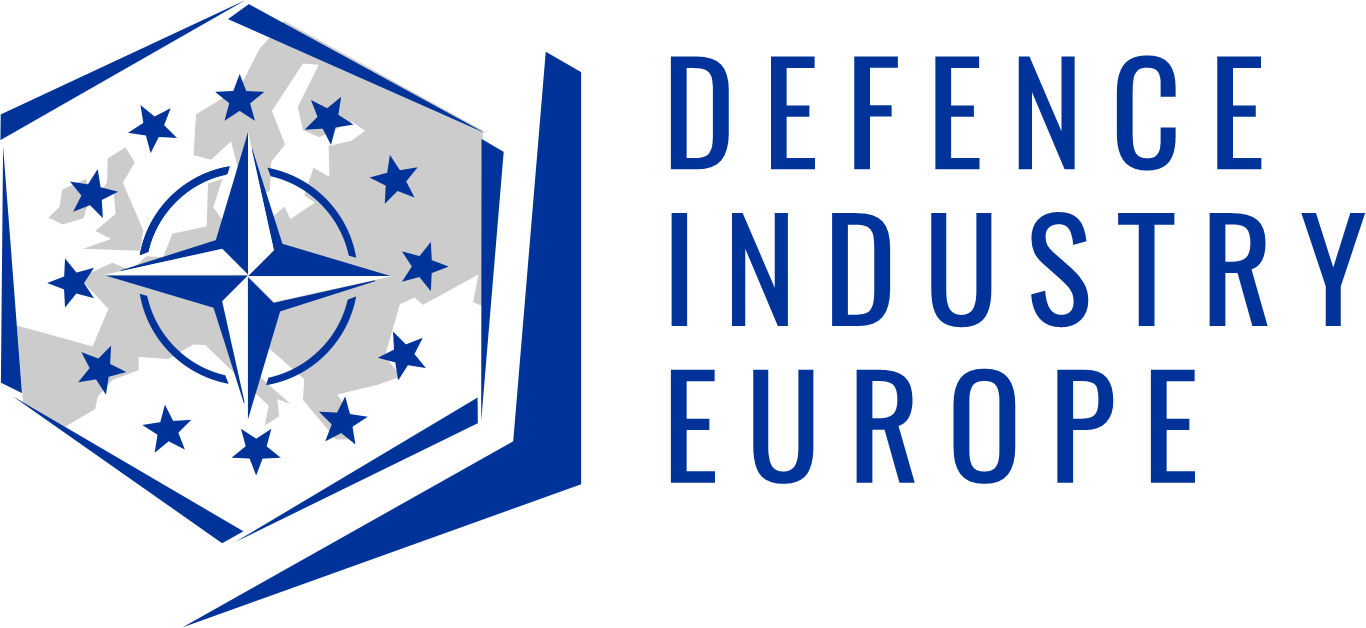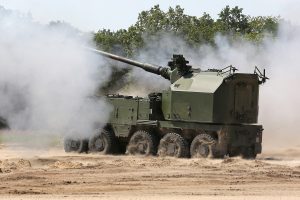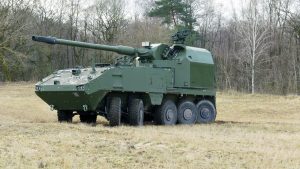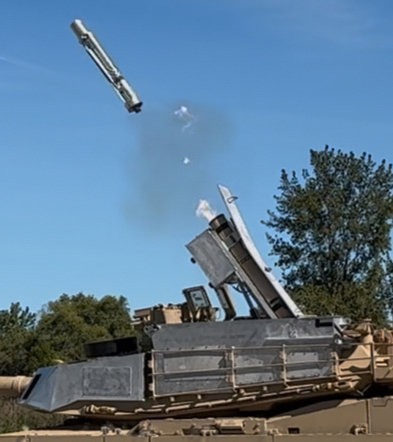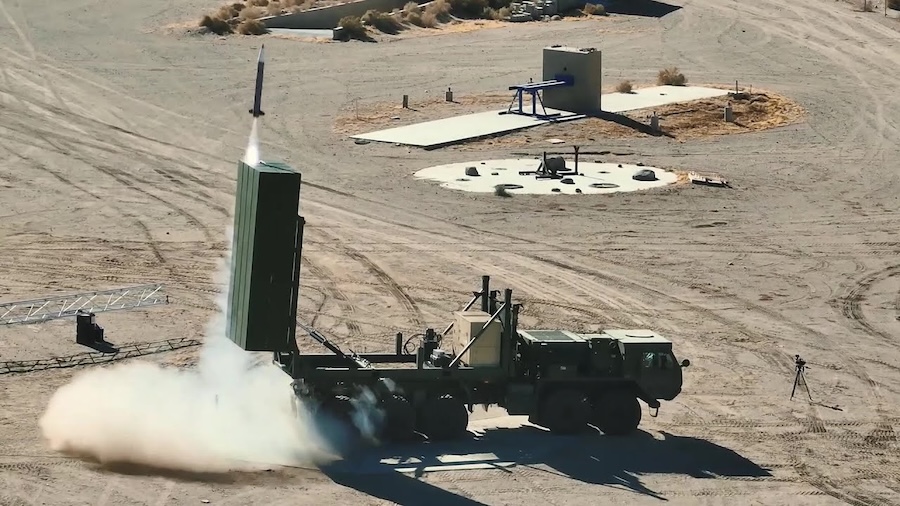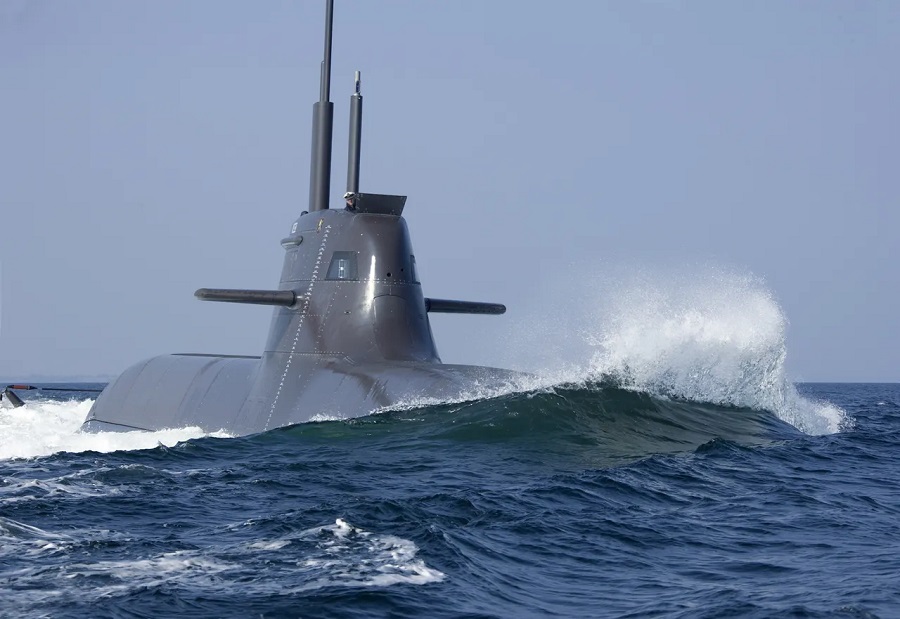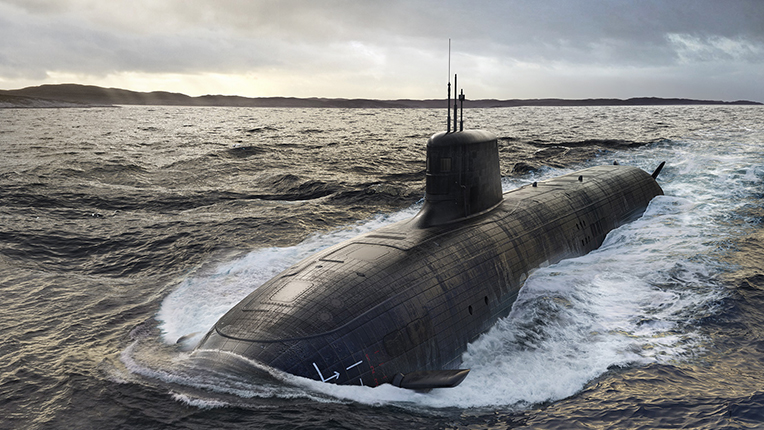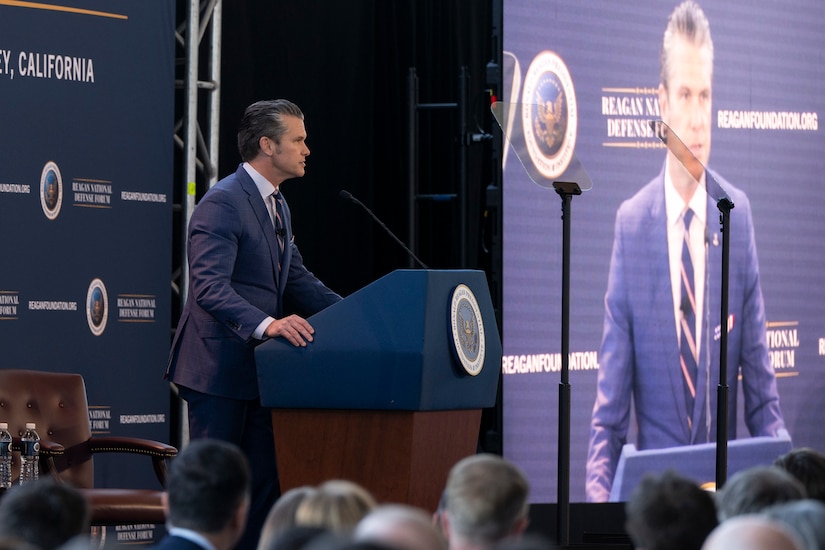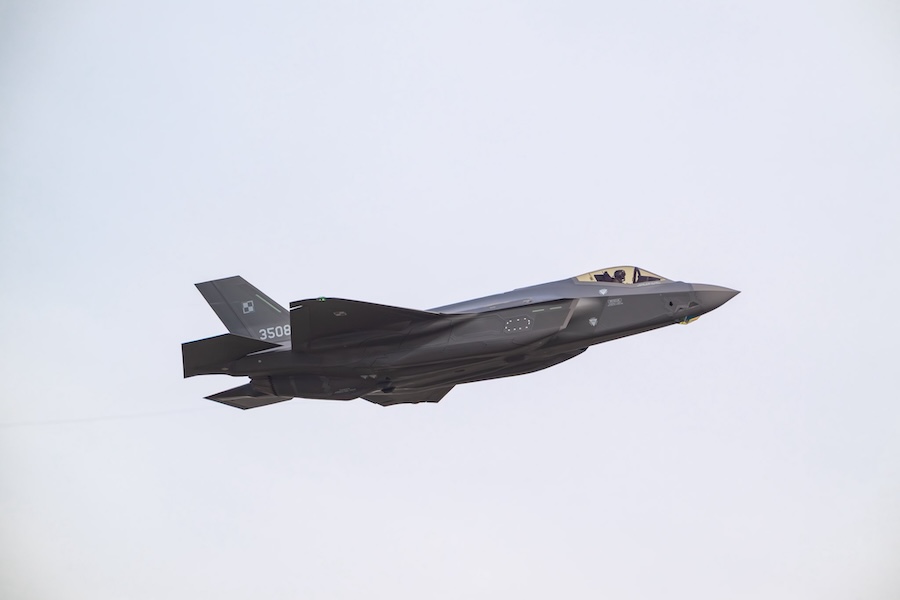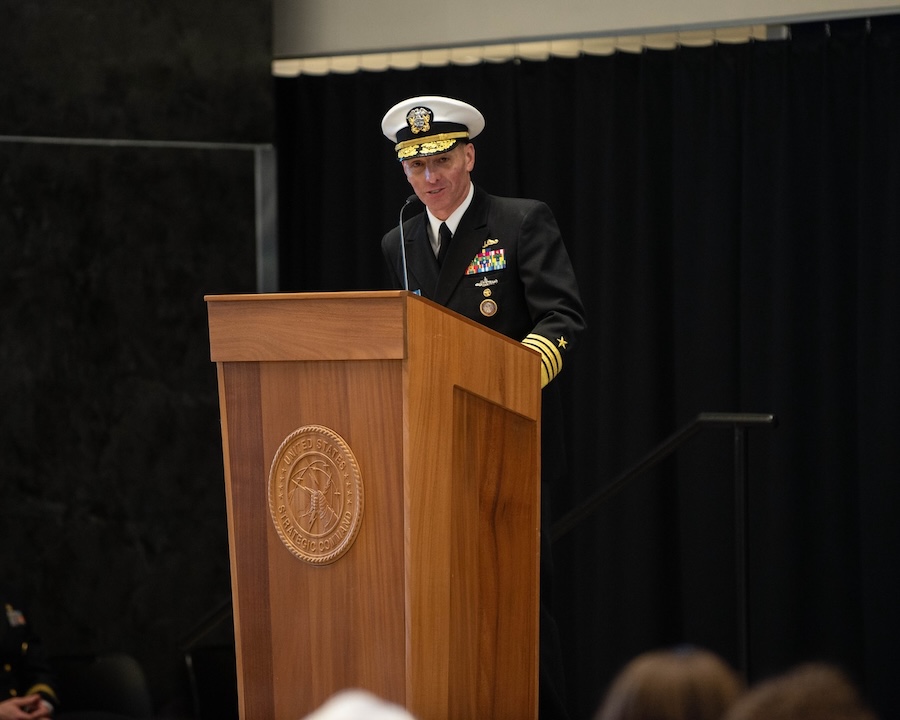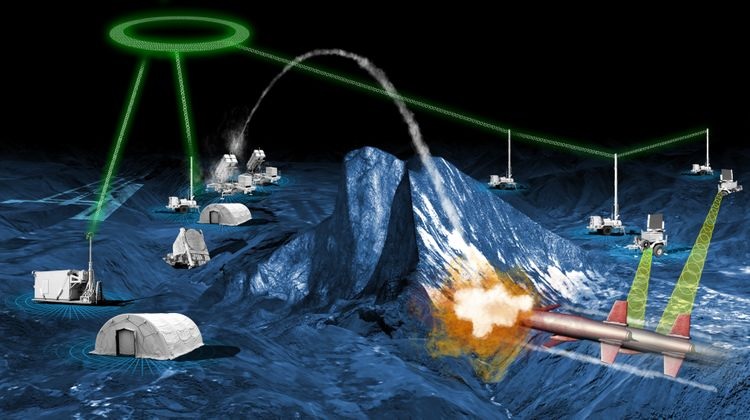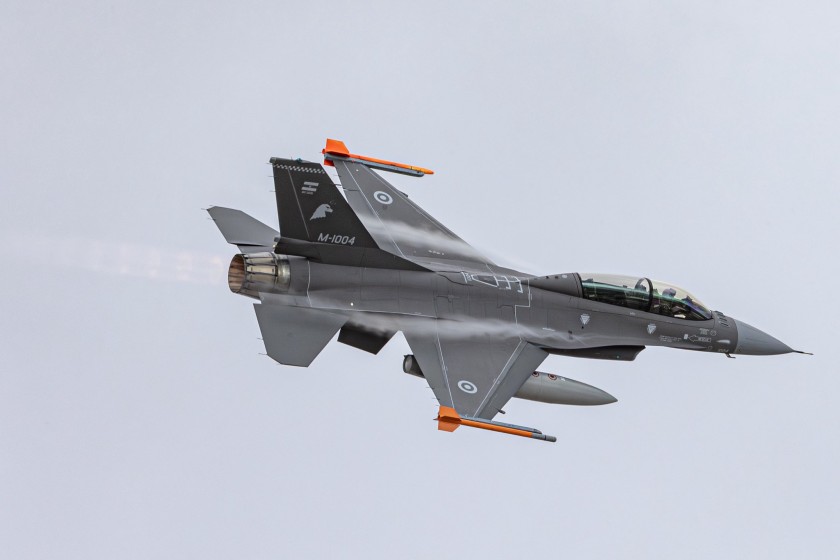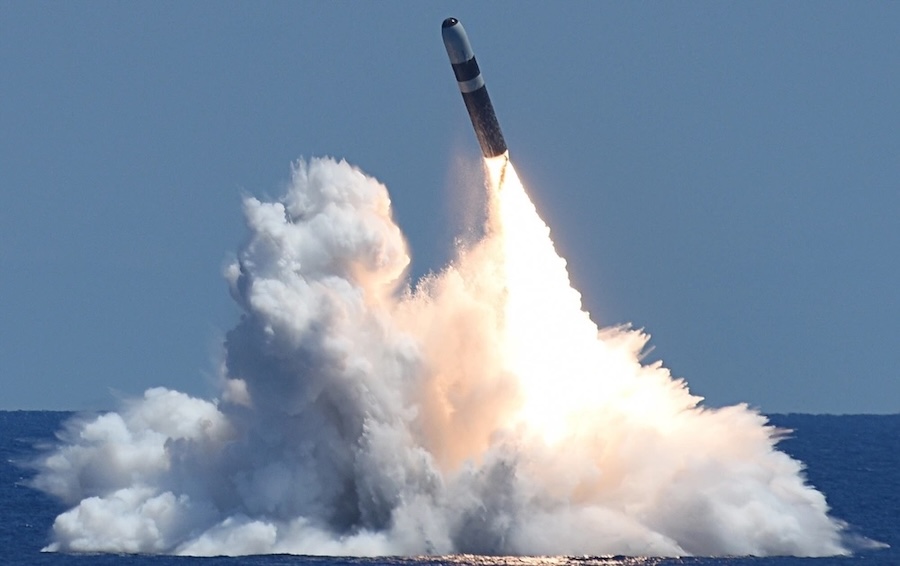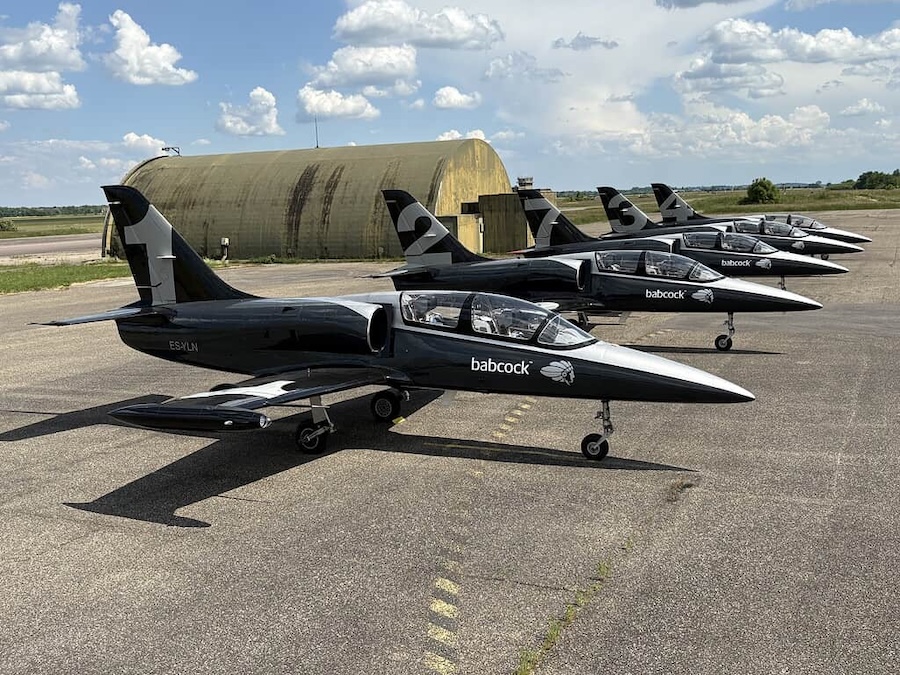The agreement provides long-term prospects for a large part of the workforce. KNDS will take on between 350 and 400 of the approximately 700 employees, with an additional 75 workers being considered for roles at other KNDS locations. A further 100 employees will receive job offers at other Alstom sites. This means that around 580 employees will continue working with either company. Alstom has committed to finding socially responsible solutions for those who are not covered by these measures.
KNDS plans to manufacture key components for the LEOPARD 2 battle tank, PUMA infantry fighting vehicle, and BOXER wheeled armoured vehicle at the Görlitz site. The transition will take place in phases and is expected to be fully completed by 2027. The first employee transfers and production activities under KNDS are scheduled to begin later this year.
Currently, the Görlitz site is engaged in the production of double-decker railway carriages and various tram projects. Depending on project timelines, some of these orders will continue in Görlitz, while others may be relocated.
Alstom’s President for Central & Northern Europe, Tim Dawidowsky, highlighted the workforce’s expertise as a key factor in the agreement, emphasising the strong qualifications in metal processing. He noted that the transition offers long-term career opportunities and continuity for many employees.
KNDS Chief Operating Officer Florian Hohenwarter stated that the acquisition expands the company’s production capacity with a highly specialised facility. He underscored the value of the site’s skilled workforce in enabling high-quality manufacturing and expressed optimism about integrating the new team into KNDS’s operations.
German Chancellor Olaf Scholz acknowledged Görlitz’s industrial heritage and welcomed the retention of jobs despite Alstom’s departure from the site. He attributed KNDS’s decision to invest in Görlitz to the skills and qualifications of the workforce.
Saxony’s Prime Minister Michael Kretschmer emphasised the importance of industrial jobs in the region, calling the agreement a positive development for employees and the local economy. Mayor Octavian Ursu also highlighted the economic significance of maintaining industrial employment in Görlitz.
Jürgen Kerner, second chairman of IG Metall, noted that the agreement brings clarity to the workforce after a period of uncertainty. He stressed the importance of ensuring a smooth transition and maintaining fair working conditions for employees.
The site’s transition from Alstom to KNDS represents a shift in focus from railway manufacturing to defence production. With the agreement in place, Görlitz is expected to continue as a key industrial location, supporting both employment and economic development in the region.
Source: KNDS Deutschland (press release).



